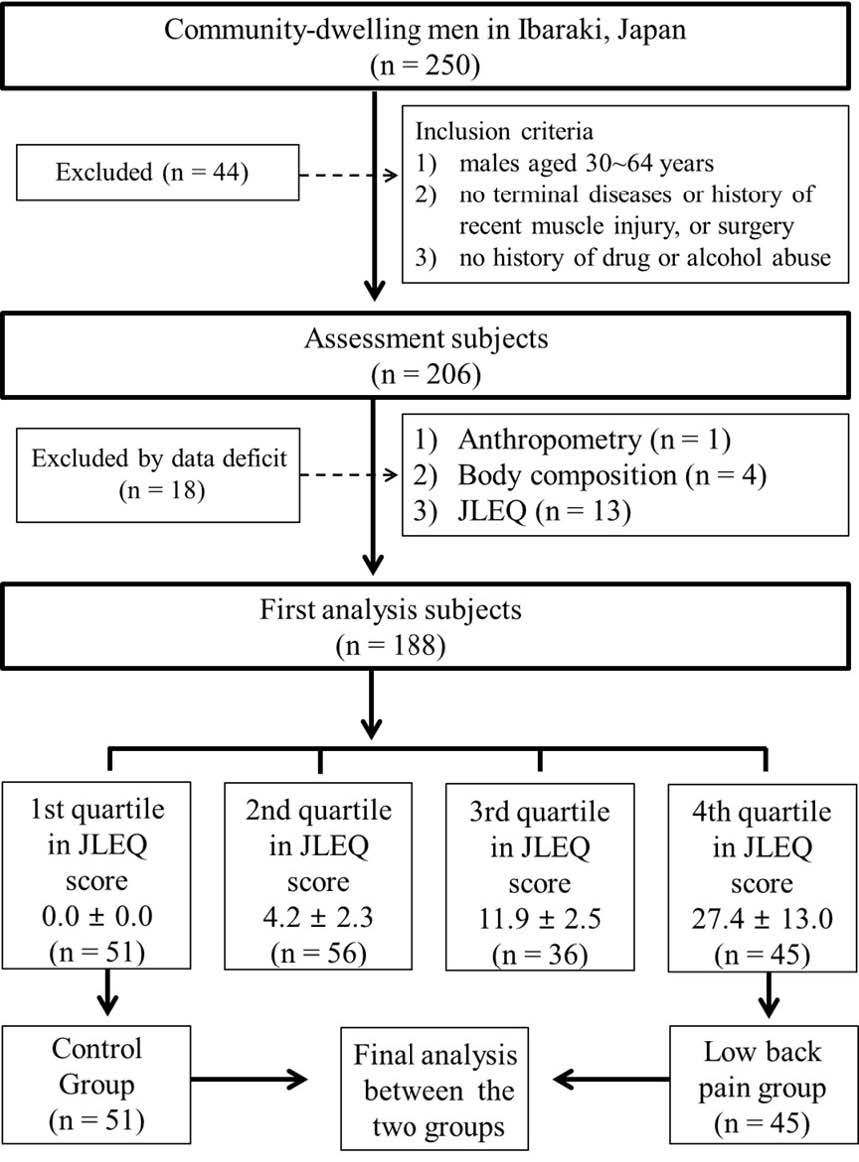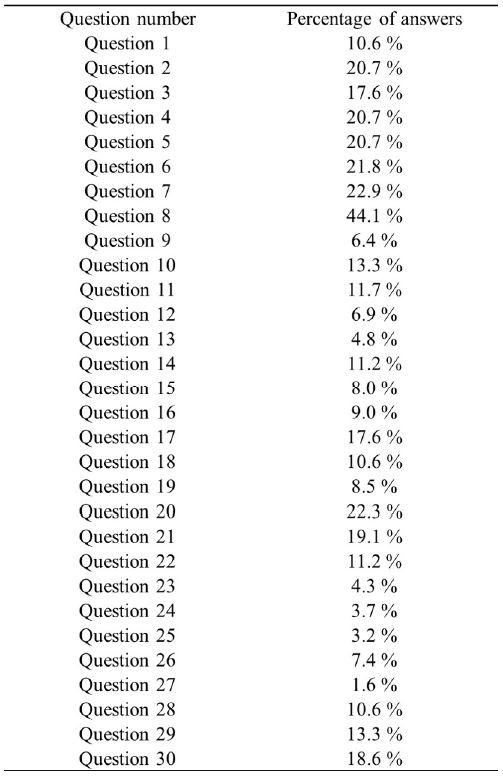2. Beavers, K. M., Miller, M. E., Rejeski, W. J., Nicklas, B. J., et al, & Kritchevsky, S. B. (2013). Fat mass loss predicts gain in physical function with intentional weight loss in older adults.
The Journals of Gerontology, Series A: Biological Sciences and Medical Sciences
, 68(1), 80-86. DOI:
10.1093/gerona/gls092.

3. Bigaard, J., Frederiksen, K., Tjonneland, A., Thomsen, B. L., Overvad, K., Heitmann, B. L., et al, & Sorensen, T. I. (2005). Waist circumference and body composition in relation to all-cause mortality in middle-aged men and women.
International Journal of Obesity
, 29(7), 778-784. DOI:
10.1038/sj.ijo.0802976.


4. Frymoyer, J. W., et al, & Cats-Baril, W. L. (1991). An overview of the incidences and costs of low back pain.
The Orthopedic clinics of North America
, 22(2), 263-271.

5. Janssen, I., Katzmarzyk, P. T., et al, & Ross, R. (2004). Waist circumference and not body mass index explains obesity-related health risk.
The American Journal of Clinical Nutrition
, 79(3), 379-384. DOI:
10.1093/ajcn/79.3.379.

6. Kim, B., Tsujimoto, T., So, R., et al, & Tanaka, K. (2015). Changes in lower extremity muscle mass and muscle strength after weight loss in obese men: A prospective study.
Obesity Research and Clinical Practice
, 9(4), 365-373. DOI:
10.1016/j.orcp.2014.12.002.

7. . Kim, B., Tsujimoto, T., So, R., Zhao, X., Oh, S., et al, & Tanaka, K. (2017a). Changes in muscle strength after diet-induced weight reduction in adult men with obesity: A prospective study.
Diabetes, Metabolic Syndrome and Obesity
, 10, 187-194.


8. Kim, B., Tsujimoto, T., So, R., Zhao, X., Oh, S., et al, & Tanaka, K. (2017b). Weight reduction does not induce an undesirable decrease in muscle mass, muscle strength, or physical performance in men with obesity: A pilot study.
The Journal of Exercise Nutrition and Biochemistry
, 21(4), 37-44. DOI:
10.20463/jenb.2017.0029.

9. Leboeuf-Yde, C., Kyvik, K. O., et al, & Bruun, N. H. (1999). Low back pain and lifestyle Part II: Obesity. information from a population-based sample of 29,424 twin subjects.
Spine
, 24(8), discussion 783-774.

10. Lementowski, P. W., et al, & Zelicof, S. B. (2008). Obesity and osteoarthritis.
American Journal of Orthopedics
, 37(3), 148-151.
11. Melissas, J., Kontakis, G., Volakakis, E., Tsepetis, T., Alegakis, A., et al, & Hadjipavlou, A. (2005). The effect of surgical weight reduction on functional status in morbidly obese patients with low back pain.
Obesity Surgery
, 15(3), 378-381. DOI:
10.1381/0960892053576703.


12. Roubenoff, R., et al, & Rall, L. C. (1993). Humoral mediation of changing body composition during aging and chronic inflammation.
Nutrition Reviews
, 51(1), 1-11. DOI:
10.1111/j.1753-4887.1993.tb03045.x.

13. Toda, Y., Segal, N., Toda, T., Morimoto, T., et al, & Ogawa, R. (2000). Lean body mass and body fat distribution in participants with chronic low back pain.
Archives of Internal Medicine
, 160(21), 3265-3269. DOI:
10.1001/archinte.160.21.3265.

14. Vincent, H. K., Heywood, K., Connelly, J., et al, & Hurley, R. W. (2012). Obesity and weight loss in the treatment and prevention of osteoarthritis.
Physical Medicine and Rehabilitation
, 4(5 Suppl), S59-67.


15. WHO. (1980). International classification of impairments, disabilities, and handicaps. Geneva, Switzerland.WHO. 1980;
International classification of impairments, disabilities, and handicaps
Geneva, Switzerland,





 PDF Links
PDF Links PubReader
PubReader Full text via DOI
Full text via DOI Download Citation
Download Citation Print
Print





